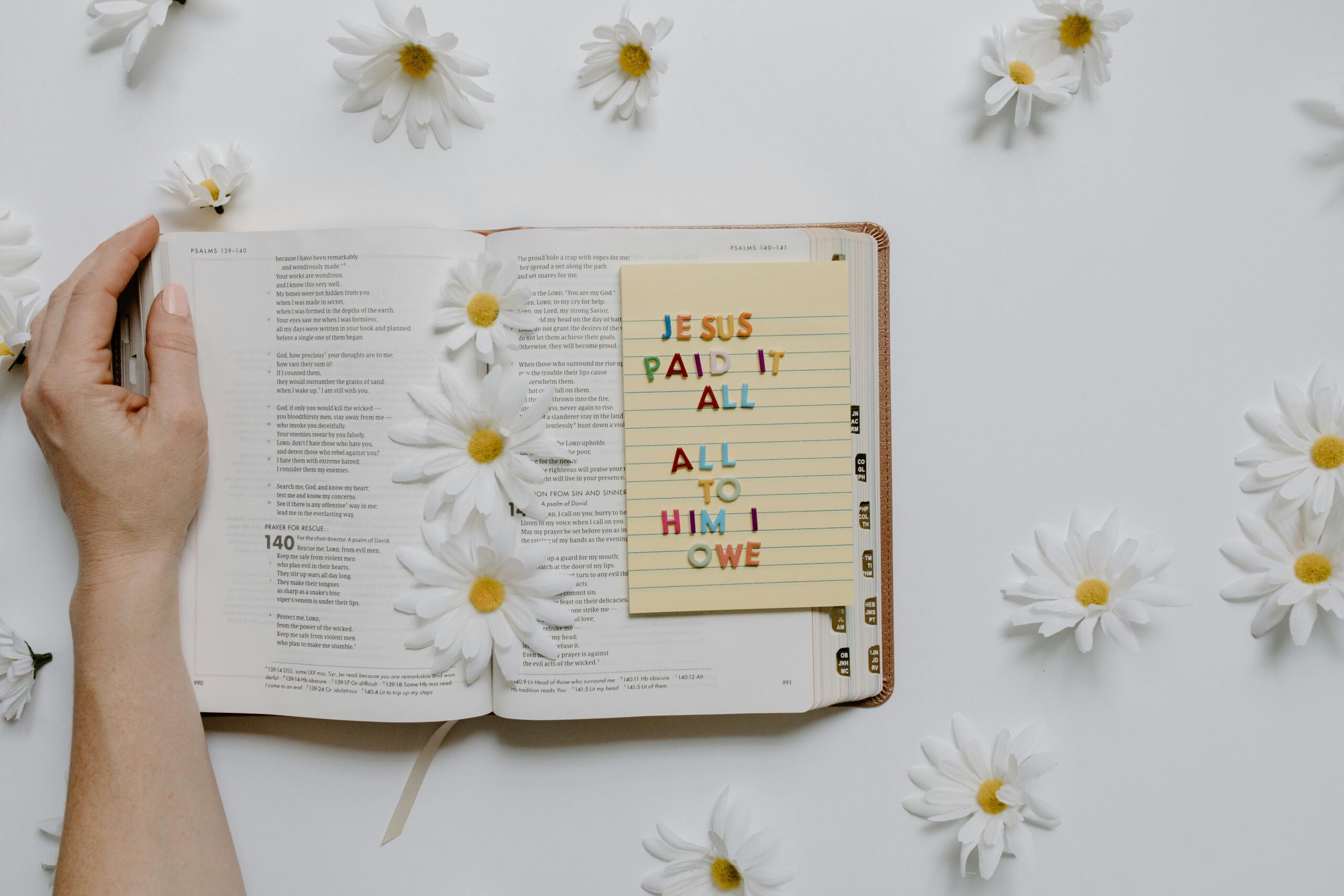The Passover cup is one of the key symbols of the day known as the feast of our redemption. However, there is not a single mention of the cup in the original text of the Passover story. The only Biblical reference to the cup associated with Passover is in the New Testament. When Jesus celebrated the Passover with His disciples, He used the cup at least twice during the supper to make important statements about Himself (Luke 22:17,20). What is the significance of the cup that Jesus lifted as part of the Passover tradition?
In the Hebrew Scriptures, the cup is often used as a symbol of God’s judgment. For example, the Old Testament mentions a cup of wrath, a cup of judgment, a cup of trembling, and a cup of terror and woe. We also see the psalmist David exclaiming, “I will take the cup of salvation and call on the name of the Lord” (Psalm 116:4 – Russian Bible). Thus, the cup can symbolize both wrath and deliverance, judgment and blessing.
But none of these Scriptures talk about Passover. Yet the themes of judgment and salvation are beautifully woven into the Passover story. God showed His judgment to the Egyptians, but preserved the Israelites, who obeyed Him and anointed their doorposts with the blood of the lamb. Every year, Jewish families retell these events during the Seder, the traditional Passover dinner.
However, how the cup came to be a symbol of Passover remains a mystery. We do know that in Jesus’ time, raising the cup was an official part of the Passover tradition. Moreover, the ancient rabbinic source, the Mishnah, specifies that the cup should be drunk from the cup four times during the Passover Seder (Pesachim 10:1). This tradition continues to this day.
Each time the cup is filled, it receives a new name. There are different opinions about what this or that cup symbolizes. Most agree that the first cup is kiddush, which means sanctification. With this cup we begin the Passover Seder. The second cup is called the cup of plagues. The third is called either the cup of atonement or the cup of blessing. The fourth is often called hallel, which means praise, but in some traditions it is called the cup of acceptance, while others use the name “cup of Elijah.” In the latter case, the second cup (of plagues) is connected to the cup of hallel because we praise God for the plagues He used to bring us out of Egypt.
Jewish tradition tells us nothing more about the cups, except that they were to be filled with red wine to remind us of the blood of the Passover lamb.
The New Testament mentions one of the cups that was raised after the supper, traditionally the third cup. Jesus explains it as “… the new covenant is in My blood, which is shed for you” (Luke 22:20). The Apostle Paul calls it “the cup of blessing which we bless,” and also “the cup of the Lord” (1 Corinthians 10:16,21)
Jesus and Paul took something from Jewish traditions to give revelations that were not known before. By calling the cup “the new covenant in my blood,” Jesus is making a direct reference to the promise of Jeremiah 31. God said He would make a new covenant because “they have broken that covenant of mine” (Jeremiah 31:32). Breaking the covenant with God would entail His wrath and judgment—the cup of terror! But instead, God promised a new covenant of mercy and salvation.
Jesus declared that this new covenant would come through the cup of salvation in His blood. The cup of atonement symbolized much more than the exodus of the Jewish people from Egypt. It symbolized God’s plan and purpose for all future ages. Judgment and salvation, wrath and redemption are gathered together in the mystery of the one cup, the meaning of which the Messiah explained that evening. Jesus did not speak of the cup as something purely symbolic. He was describing events that were soon to happen in His life.
Later that evening He cried out to God in suffering and prayer: “Saying, Father, if thou be willing, remove this cup from me: nevertheless not my will, but thine, be done” (Luke 22:42). As a man, Jesus could have wanted this cup of judgment, which all people deserved for breaking their covenant with God, to be removed from Him. However, as the obedient Son of God, Jesus knew that the cup of blessing could only be poured out for the salvation of many if He first drank from the cup of God’s judgment on all mankind.
Despite the pain of being separated from the Father, our Lord wanted to drink from that cup, suffer that punishment, experience that horror and death so that we could be set free and forgiven. No wonder the Apostle Paul calls this the cup of blessing. What greater blessing could there be than what the Messiah brought through his death, burial and resurrection?
By calling this the cup of blessing, as spoken of in the Jewish Passover tradition, the Apostle Paul points to the strong connection between Passover (Passover) and the sacrament, the Holy Communion. The roots of this sacrament go deep into God’s eternal plan, which is revealed in the pages of Scripture, as well as in the traditions of God’s chosen people.
By David Brikner / Тайна пасхальной чаши – Евреи за Иисуса (evreizaiisusa.org)












